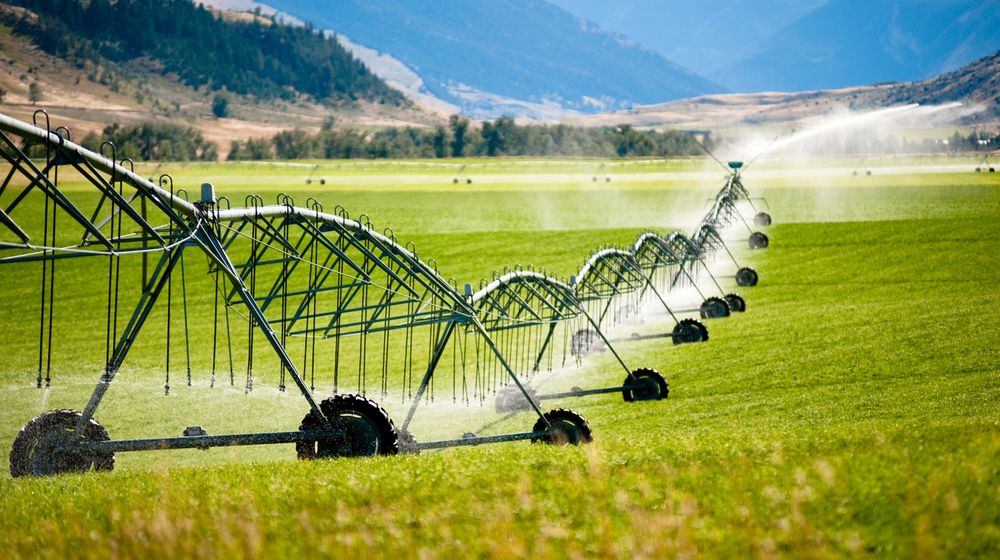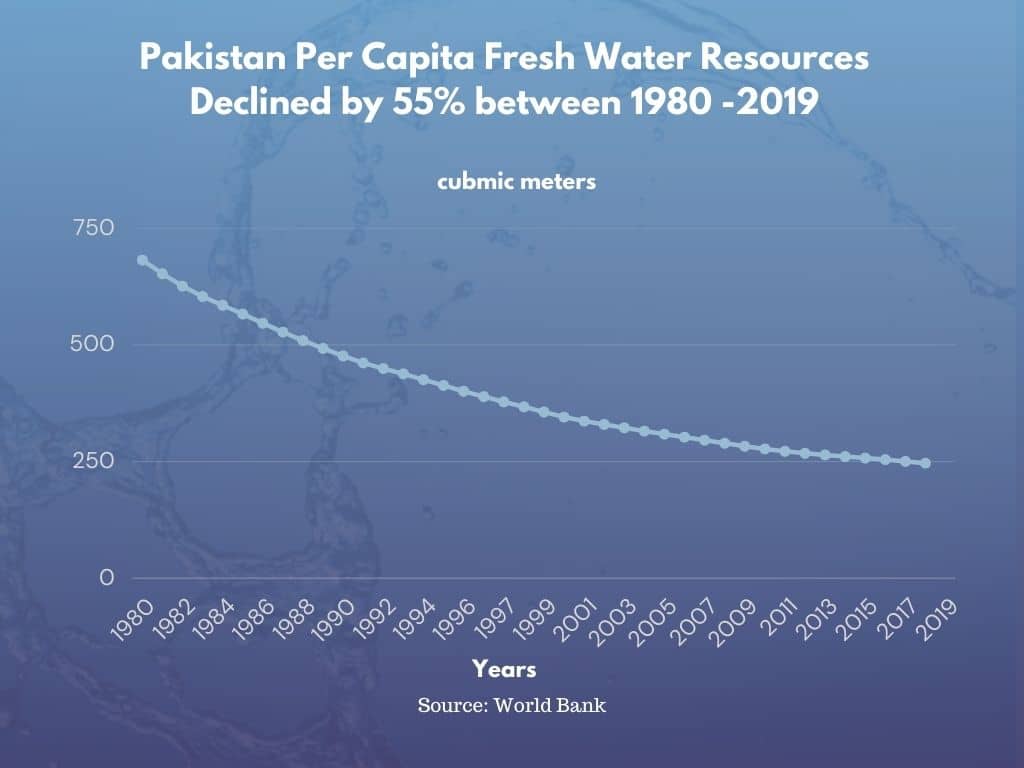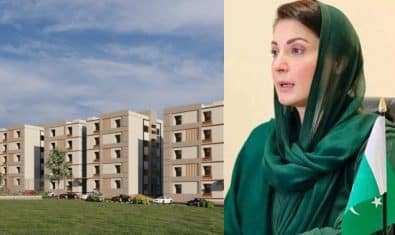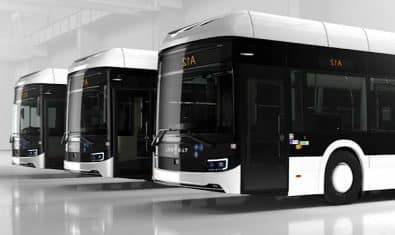According to a 2022 Pakistan Institute of Development Economics (PIDE) report, 80 percent of Pakistan faces ‘severe water scarcity’ one month a year.
The freshwater availability on a per capita basis calculated by World Bank has declined by more than 55 percent between 1980 and 2019. Pakistan uses nearly 90 percent of its water in agriculture, so it’s very crucial to optimize the irrigation systems for the coming generations.
Irrigation sector losses in lined and unlined canals in Pakistan stand at 45.5 percent and 66 percent respectively due to evaporation and other factors. So most of the water is already lost before entering the field channels and then comes the in-field application losses which are also considerably high given the prevalent method of irrigation is flooding due to the lack of alternatives, training, and resources.
High-Efficiency Irrigation Systems or HEIS in short, can increase the water use efficiency by up to 95 percent, increasing yields, boosting seed germination and reducing weed growth.
HEIS comes in many types from the centre pivot irrigation systems for large areas to other sprinkler and drip irrigation tools for small landholders. It also boosts yields in addition to conserving water by enabling farmers to apply fertilizers in an optimum manner.
High-Efficiency Irrigation Systems are proven to boost yields by 50-70 percent in some cases with up to 95 percent water use efficiency, commended Shakeel Ahmad, Head of Design Dept & HEIS Coordinator at Jaffer Agro Services. He explained that HEIS systems can be primarily classified as orchards (fruits) and row crops (grains, cash crops).
The orchard bases systems can cost somewhere around Rs. 0.2 million while the ones for row crops can cost anywhere up to Rs. 0.4 to 0.5 million per acre due to more hoses required, but these costs vary with crops and area while the capital investment will be recovered in 2–3 years depending upon which crops farmers are cultivating.
These systems will have a lifetime of 5–10 years given the maintenance, but the adoption rates are too low in Pakistan. Despite being 4th in terms of Irrigated Agriculture Land in the World, Pakistan’s adoption of HEIS is low, with an estimated 150,000 acres in the last 15–20 years, added Ahmad.
He argued that most of the advanced parts of these systems are being imported and the costs of HEIS systems have nearly doubled in the last few years due to the rupee depreciation and removal of sales tax exemption on these systems last year
It is a classic chicken and egg problem where machinery is not being produced locally as there is low market demand which won’t rise unless the systems become affordable. While government institutions started on this road aggressively, the process messed up real quick as it was initiated haphazardly without capacity building down the line.
With no local production of systems and high inflation, a lot of companies tapped the market with low-grade materials which gave the whole industry a bad reputation. Additionally, there is an immediate need to reassess the subsidies on these systems as it’s rendering them unaffordable to produce for the companies in the first place in some cases.
The government has been providing up to 50 percent subsidy on these advanced drip and sprinkler irrigation systems for the past few years, but adoption rates have yet to experience meaningful change.
It is fixing the product prices instead, it should provide fixed subsidies to farmers on per farm basis as it becomes unprofitable for the businesses to operate when the costs go up due to changes in dollar prices with fixed product prices, stated Ahmad.
Another challenge is affordable solar power. HEIS systems were initially introduced with traditional power sources, but the industry soon realized that it was not going to work given Pakistan’s existential energy crisis, and they titled towards solar power. It’s essential to couple these irrigation systems with solar or some other renewable source for making them economically viable for the masses.
On the other hand, Pakistan was importing nearly 95 percent of its solar panels till the last few years. In contrast to the advanced irrigation tools, solar power has a considerable market demand in Pakistan with domestic households importing given the skyrocketing energy tariffs, but we have failed to develop its domestic supply chain as well.
The government needs to revisit its strategy in consultation with the industry stakeholders so the necessary environment for the growth of such technology solutions for agriculture can be created.



























